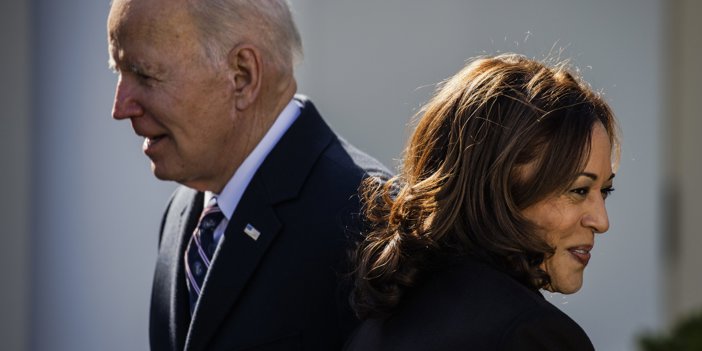
Biden-Harris Rift Exposed in New Campaign Book
A new political exposé details how mistrust and poor coordination between Joe Biden and Kamala Harris undermined the 2024 campaign.
Book Alleges Dysfunction Within Biden-Harris Alliance
A recently released book, Original Sin: President Biden’s Decline, Its Cover-Up, and His Disastrous Choice to Run Again, paints a stark portrait of internal strife within the Biden-Harris political team. Written by Jake Tapper and Alex Thompson, the book draws attention to long-standing tensions between President Joe Biden and Vice President Kamala Harris and their respective advisers, tensions that ultimately hampered their joint efforts during the 2024 presidential campaign.
The book reveals that Biden privately referred to Harris as a “work in progress,” expressing doubts about her ability to defeat Donald Trump. Harris, meanwhile, inherited Biden’s faltering campaign following his withdrawal in the summer of 2024, a decision precipitated by a poor debate performance. The book argues that Biden’s continued presence became a “liability” for Harris, who was forced to navigate both her own campaign challenges and the fallout from Biden’s missteps.
According to Tapper and Thompson, the distrust dated back to the 2020 campaign, when Biden chose Harris over Michigan Governor Gretchen Whitmer as his running mate. Many on Biden’s team were reportedly skeptical of Harris, accusing her of lacking initiative and failing to earn trust. First Lady Jill Biden also reportedly harbored resentment over Harris’s sharp criticism of Biden during the 2019 Democratic primary debates.
Harris’s aides felt sidelined, the book claims, receiving little support and being tasked with politically risky assignments like managing the migration crisis. Her team believed she was being “set up to fail” and viewed the lack of strategic support as deliberate. During the administration, this sentiment deepened, as Harris was blamed for border issues and labeled the “border czar,” even as polling showed voters overwhelmingly trusted Trump over Harris on immigration.
Despite her public declarations of loyalty—famously stating she would not have done anything differently than Biden—this position was later used against her in campaign attacks highlighting policy failures on immigration, inflation, and foreign policy. The book recounts an internal turning point when Biden unexpectedly wore a Trump 2024 hat at a 9/11 memorial, leading Harris to decide she would no longer appear publicly with him before the election.
Even after stepping aside, Biden sought a visible role on the campaign trail, seemingly unaware of the damage his presence caused. The resulting confusion allowed Trump to capitalize on Democratic missteps. One example involved Biden’s clumsy remarks during a Latino outreach call, which Harris then had to manage while Trump staged a contrasting, high-profile campaign appearance from a garbage truck adorned with his campaign slogans.
By the final weeks of the campaign, Harris was burdened by both an underperforming party infrastructure and Biden’s continued involvement. While she managed to stabilize parts of the Democratic effort, her own candidacy was described as “barely treading water” by the book’s authors.
The book underscores how unresolved mistrust and conflicting agendas within the Democratic ticket weakened their position against a unified and media-savvy opposition. The authors conclude that the weight of Biden’s legacy—once intended to bridge a new generation of leadership—became an inescapable obstacle for Harris.
Neither Biden nor Harris provided responses to the authors’ revelations at the time of publication.






